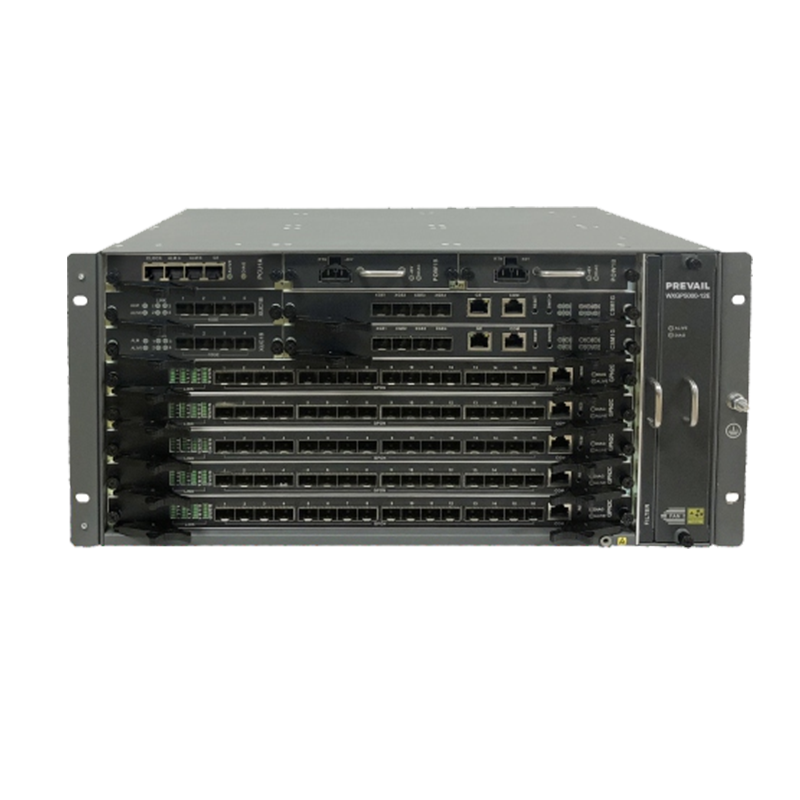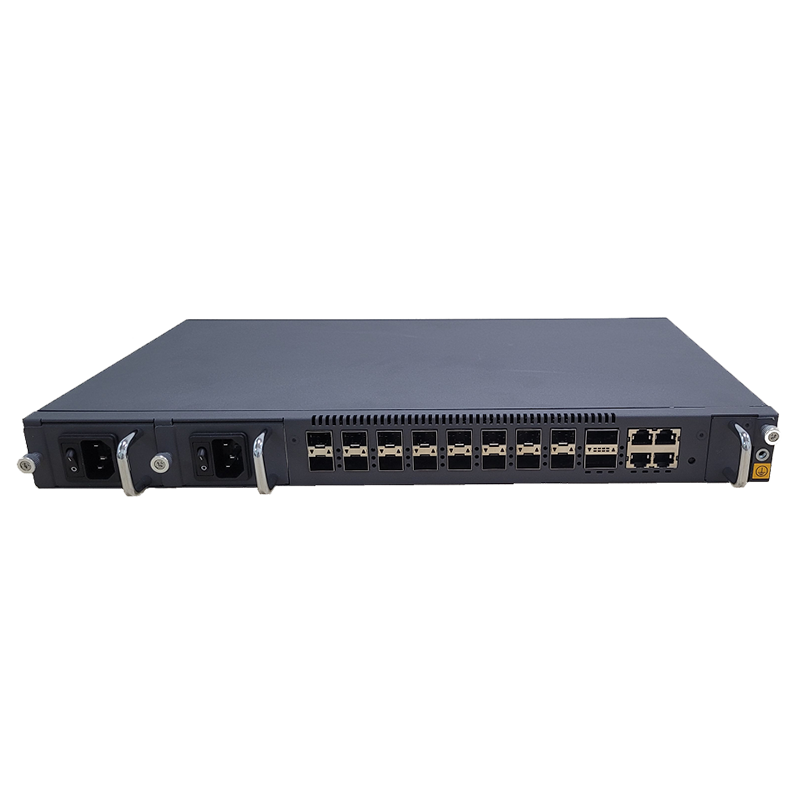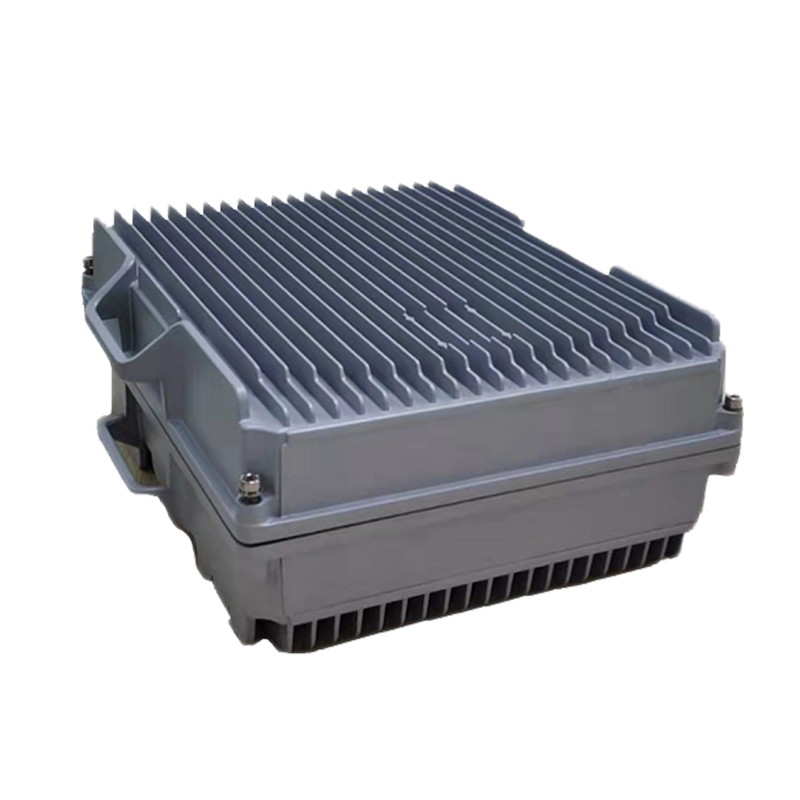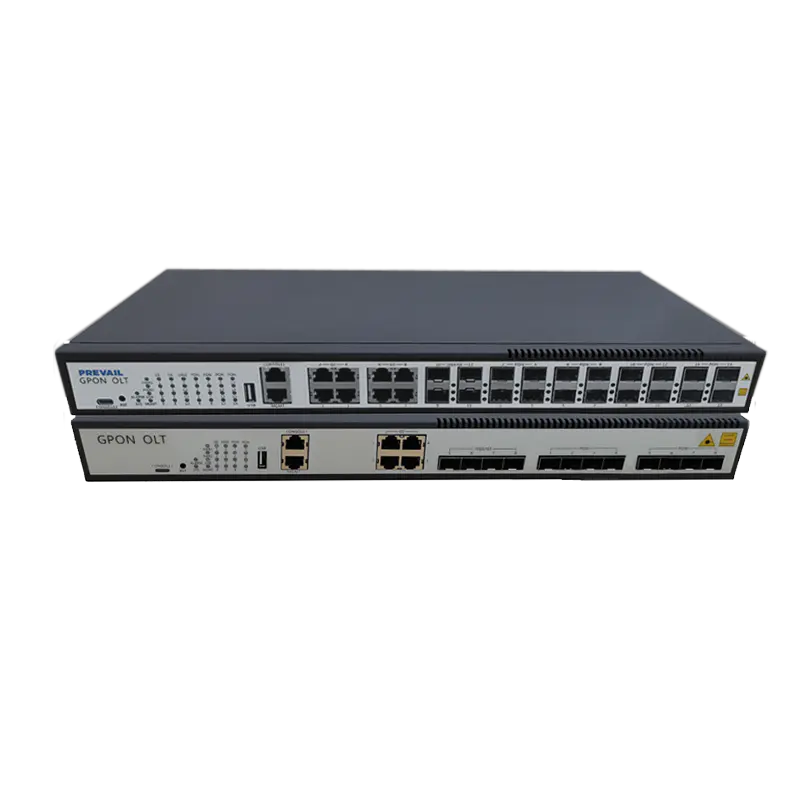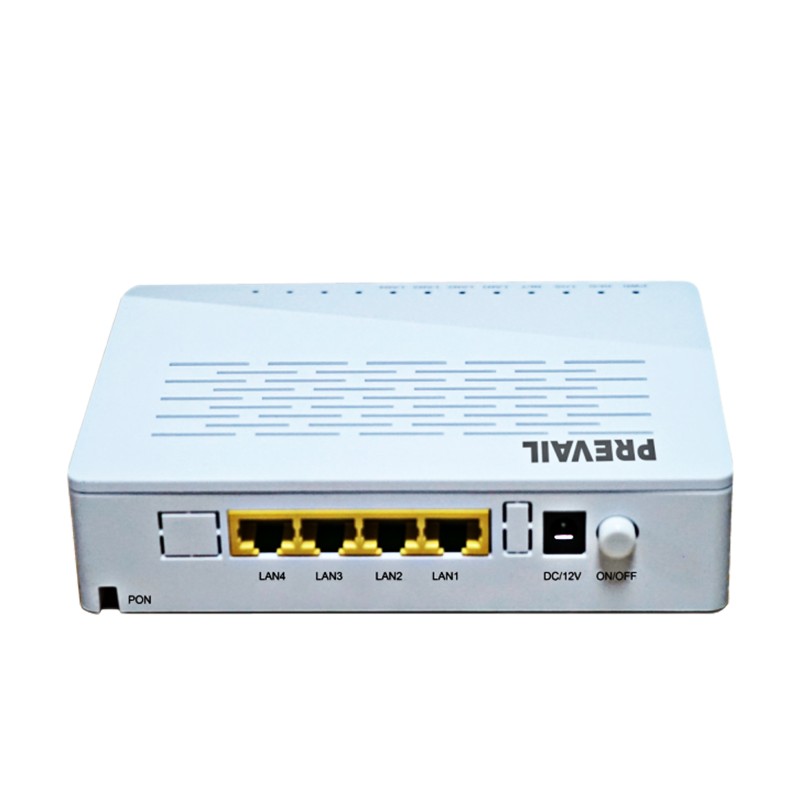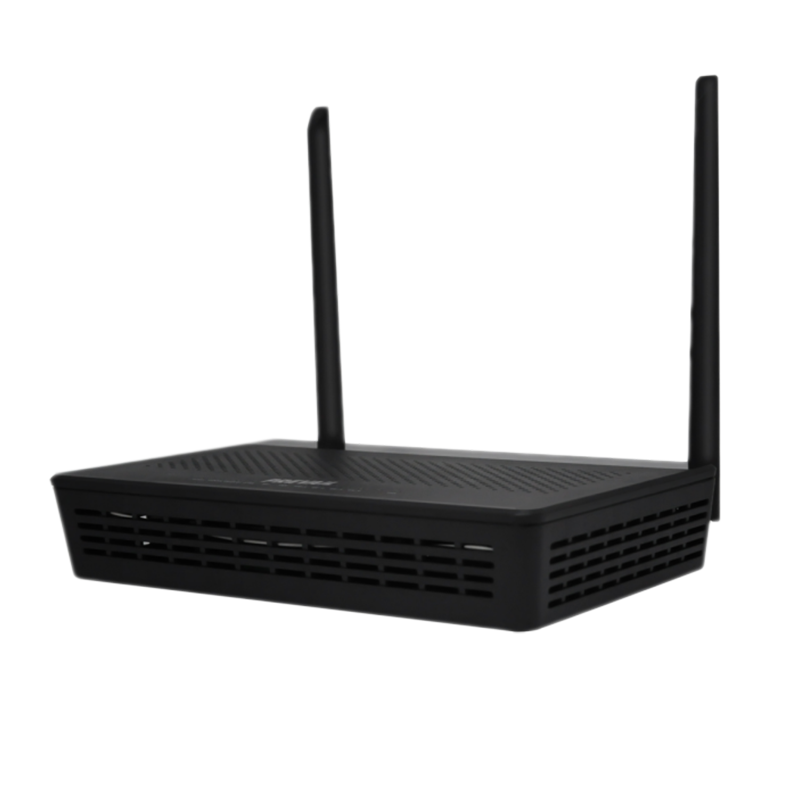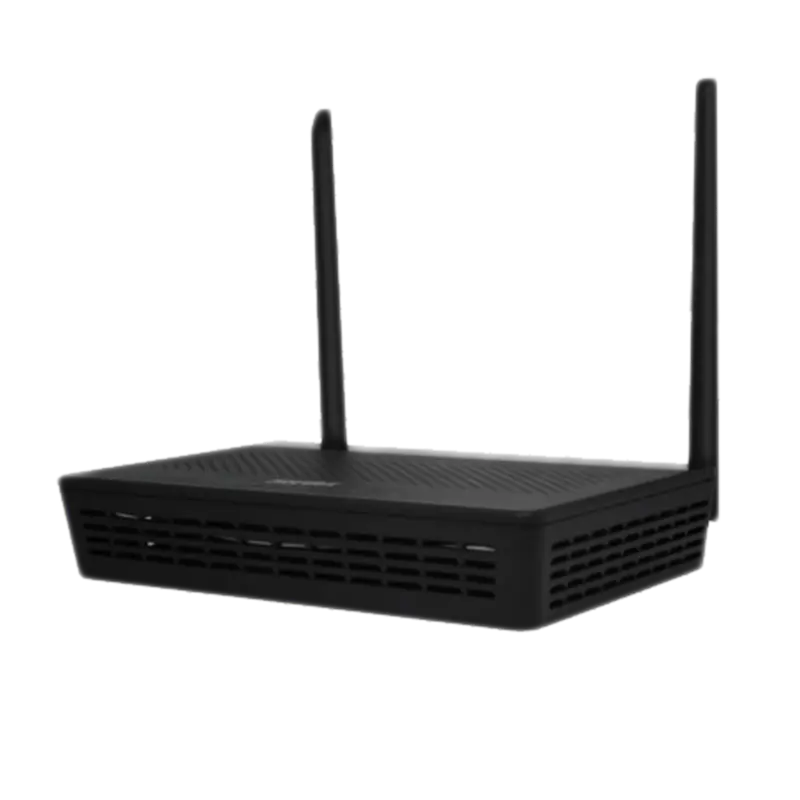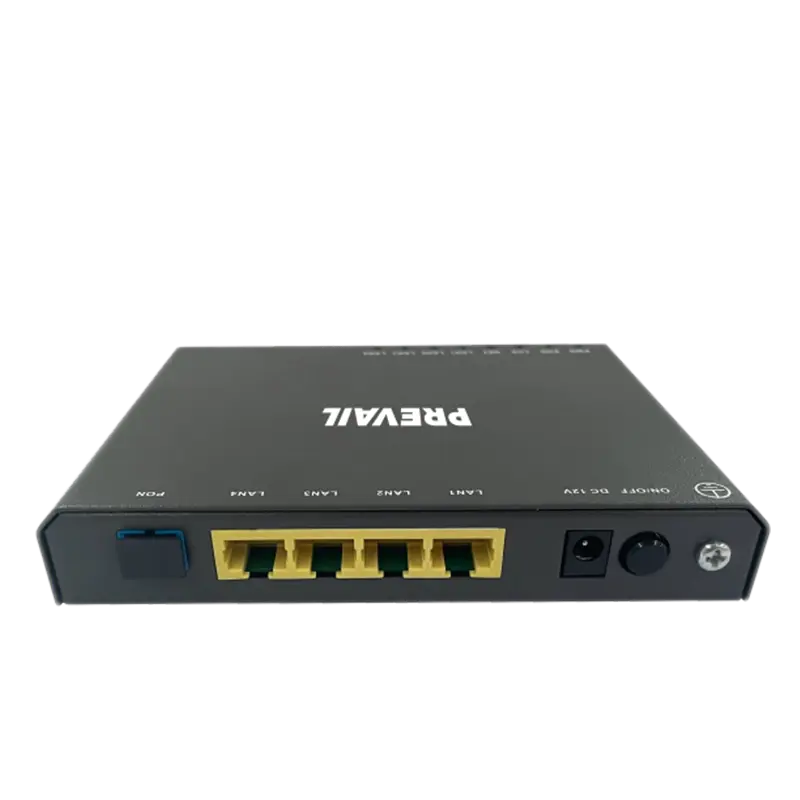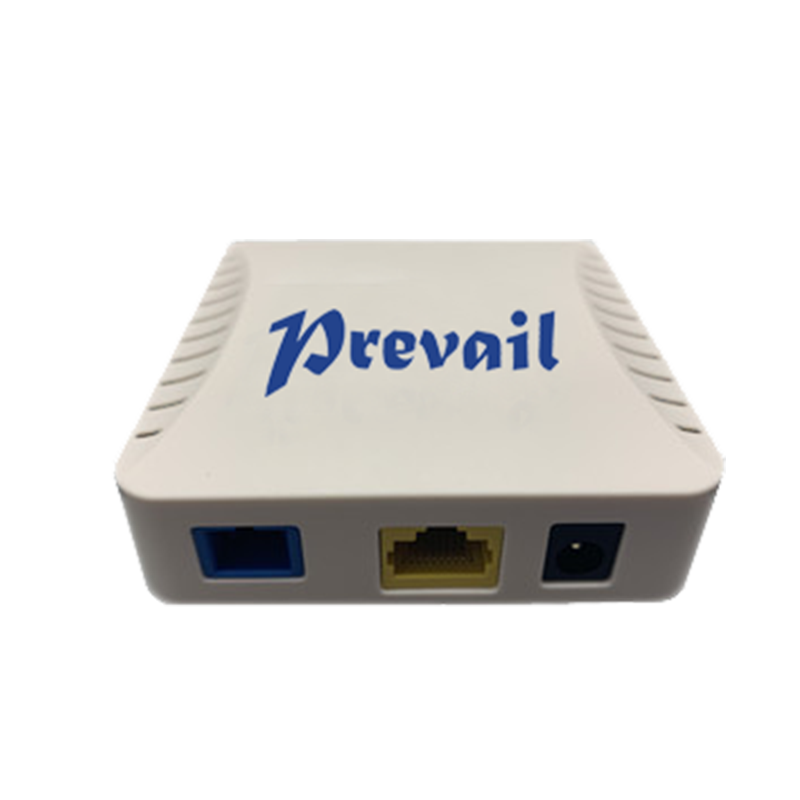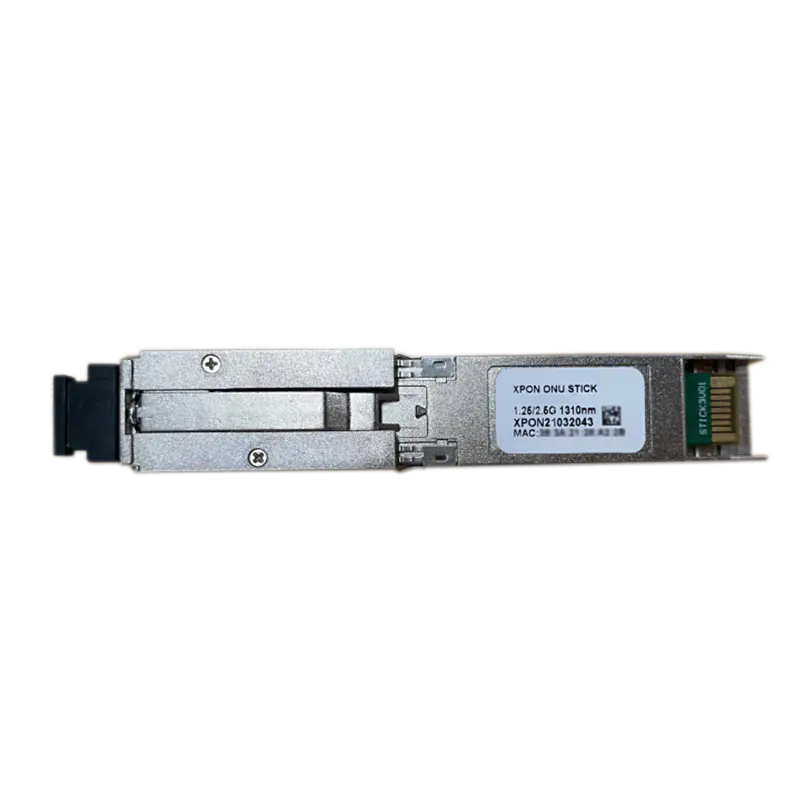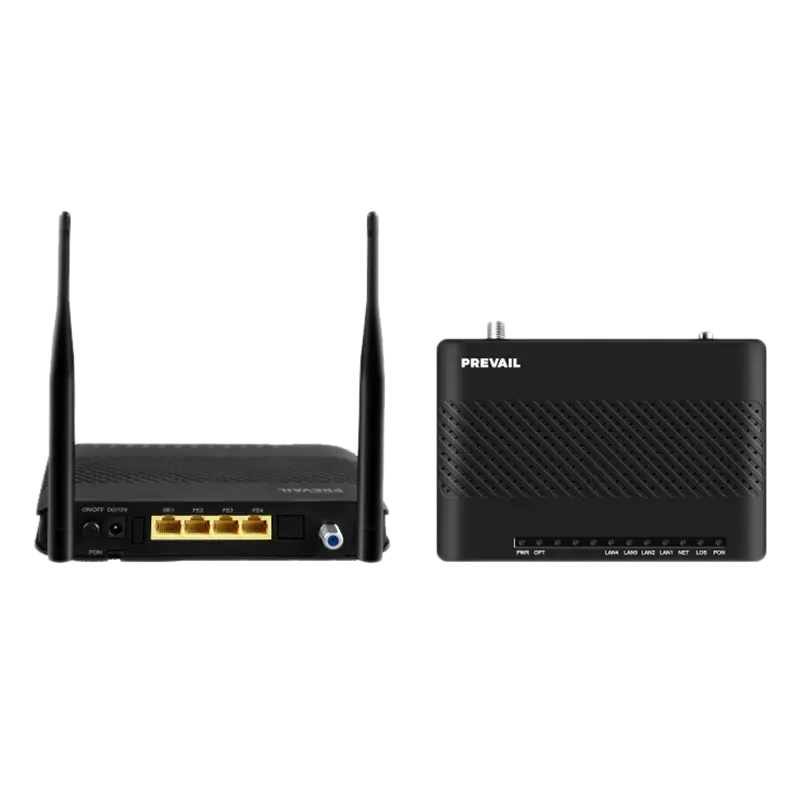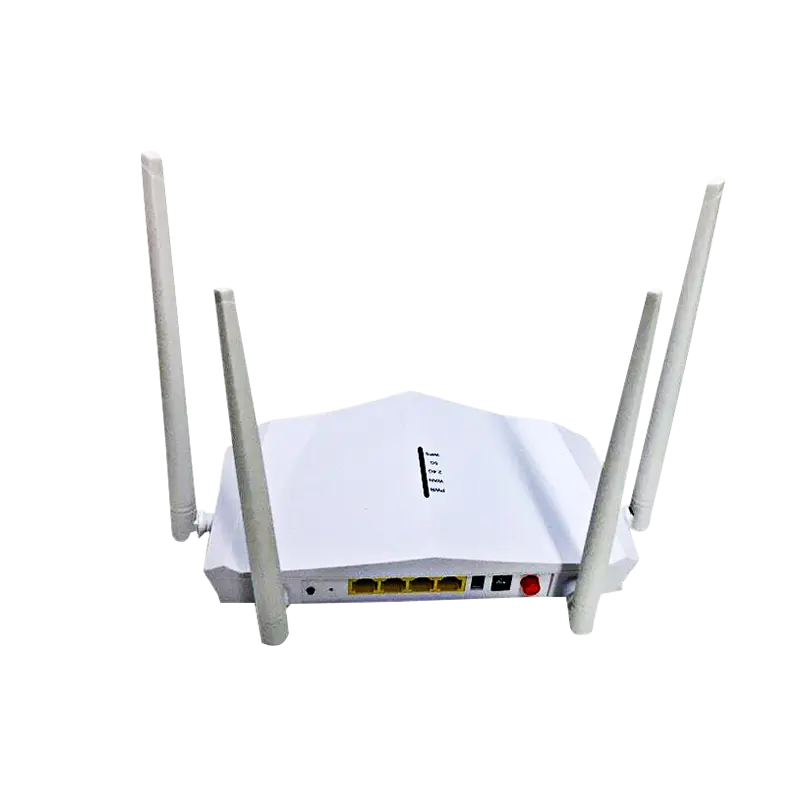How Does a GPON OLT Differ from XG-PON or XGS-PON OLT?
With the rapid demand for ultra-fast internet, fiber-optic technologies have become the gold standard for delivering high-speed broadband to homes and businesses. At the heart of any fiber-to-the-home (FTTH) deployment is the OLT (Optical Line Terminal)—the core component that connects the service provider’s central office to customers through passive optical networks (PON).
While GPON (Gigabit Passive Optical Network) has dominated FTTH deployments for over a decade, newer and faster technologies such as XG-PON and XGS-PON are now gaining traction. But how do these technologies differ—especially when it comes to their OLTs? And why does it matter for ISPs, telecom engineers, or enterprise network architects?
In this article, we will break down the technical and practical differences between GPON OLTs, XG-PON OLTs, and XGS-PON OLTs, covering aspects such as speed, wavelength, compatibility, network design, and deployment considerations.
1. Understanding the Basics
Before diving into the differences, let’s clarify what each technology means:
-
GPON (Gigabit Passive Optical Network):
Offers 2.5 Gbps downstream and 1.25 Gbps upstream bandwidth. Widely used for standard broadband internet access.
-
XG-PON (10-Gigabit-capable PON):
Also known as NG-PON1, delivers 10 Gbps downstream and 2.5 Gbps upstream, designed to support bandwidth-intensive applications.
-
XGS-PON (10-Gigabit Symmetrical PON):
A newer version offering 10 Gbps downstream and upstream. Suitable for enterprise-grade or symmetrical services.
All three technologies operate through an OLT installed at the central office and multiple ONUs/ONTs at customer premises, connected via passive optical splitters.
2. Side-by-Side Comparison Table
| Feature |
GPON OLT |
XG-PON OLT |
XGS-PON OLT |
| Standard Name |
ITU-T G.984 |
ITU-T G.987 |
ITU-T G.9807.1 |
| Downstream Bandwidth |
2.5 Gbps |
10 Gbps |
10 Gbps |
| Upstream Bandwidth |
1.25 Gbps |
2.5 Gbps |
10 Gbps |
| Wavelength (Downstream) |
1490 nm |
1577 nm |
1577 nm |
| Wavelength (Upstream) |
1310 nm |
1270 nm |
1270 nm |
| Split Ratio |
Up to 1:128 |
Up to 1:128 |
Up to 1:128 |
| Typical Latency |
~1–3 ms |
~1–3 ms |
~1–3 ms |
| Deployment Cost |
Low |
Medium–High |
High |
| Backward Compatibility |
Native support |
With coexistence modules |
With coexistence modules |
| Best for |
Residential broadband |
4K video, cloud gaming |
Business, symmetrical applications |
3. Bandwidth and Speed
The most noticeable difference is speed:
-
GPON is sufficient for typical household needs such as HD streaming, video conferencing, and casual gaming. But with only 1.25 Gbps upstream, it can become a bottleneck for upload-heavy tasks like video content creation or cloud backup.
-
XG-PON significantly increases downstream capacity to 10 Gbps, but upstream remains limited to 2.5 Gbps. This makes it a good fit for bandwidth-heavy downloads but not ideal for symmetric traffic.
-
XGS-PON provides 10 Gbps both ways, making it perfect for enterprises, cloud services, 5G backhaul, or symmetrical applications.
Takeaway:
Choose GPON for basic needs, XG-PON for high-speed downloads, and XGS-PON when upload performance matters.
4. Wavelength and Coexistence
Different wavelengths are used for upstream and downstream signals in each technology:
| Technology |
Downstream |
Upstream |
| GPON |
1490 nm |
1310 nm |
| XG-PON |
1577 nm |
1270 nm |
| XGS-PON |
1577 nm |
1270 nm |
This wavelength separation allows coexistence of GPON, XG-PON, and XGS-PON on the same fiber infrastructure. With WDM (Wavelength Division Multiplexing) and proper filters or coexistence elements, an ISP can gradually upgrade parts of the network without replacing everything.
Example: An OLT chassis can host both GPON and XGS-PON cards, allowing legacy users and high-speed users to coexist.
5. Compatibility and Network Transition
One major concern for service providers is network migration. Fortunately:
-
Most modern OLTs are modular and support multiple PON types via separate line cards.
-
XGS-PON ONTs can sometimes fall back to XG-PON or GPON modes (if supported).
-
GPON ONTs are not compatible with XGS-PON OLTs unless dual-mode is enabled.
Many vendors now offer combo PON ports (a single port supporting both GPON and XGS-PON), simplifying gradual upgrades.
6. Use Case Scenarios
| Use Case |
Recommended PON Type |
| Residential broadband (up to 1 Gbps) |
GPON |
| 4K/8K streaming, large households |
XG-PON |
| Enterprises, SMEs, symmetrical apps |
XGS-PON |
| 5G base station backhaul |
XGS-PON |
| MDUs with shared high-speed links |
XG-PON or XGS-PON |
7. Cost Considerations
Cost is often a deciding factor:
-
GPON remains the most cost-effective due to mature technology and mass adoption.
-
XG-PON hardware is slightly more expensive due to newer optics and limited vendor support.
-
XGS-PON has the highest initial cost but offers better scalability and long-term ROI for high-performance networks.
However, with the growth of demand, XGS-PON pricing is falling, making it increasingly viable even for residential deployments.
8. Deployment Strategy for ISPs
An ideal deployment strategy for ISPs might look like this:
-
Retain GPON for basic residential packages.
-
Introduce XG-PON/XGS-PON for premium or business subscribers.
-
Use combo-ports or coexistence modules to avoid full overhauls.
-
Gradually upgrade ONTs on customer premises as demand grows.
-
Invest in software-defined access and OLT management tools.




